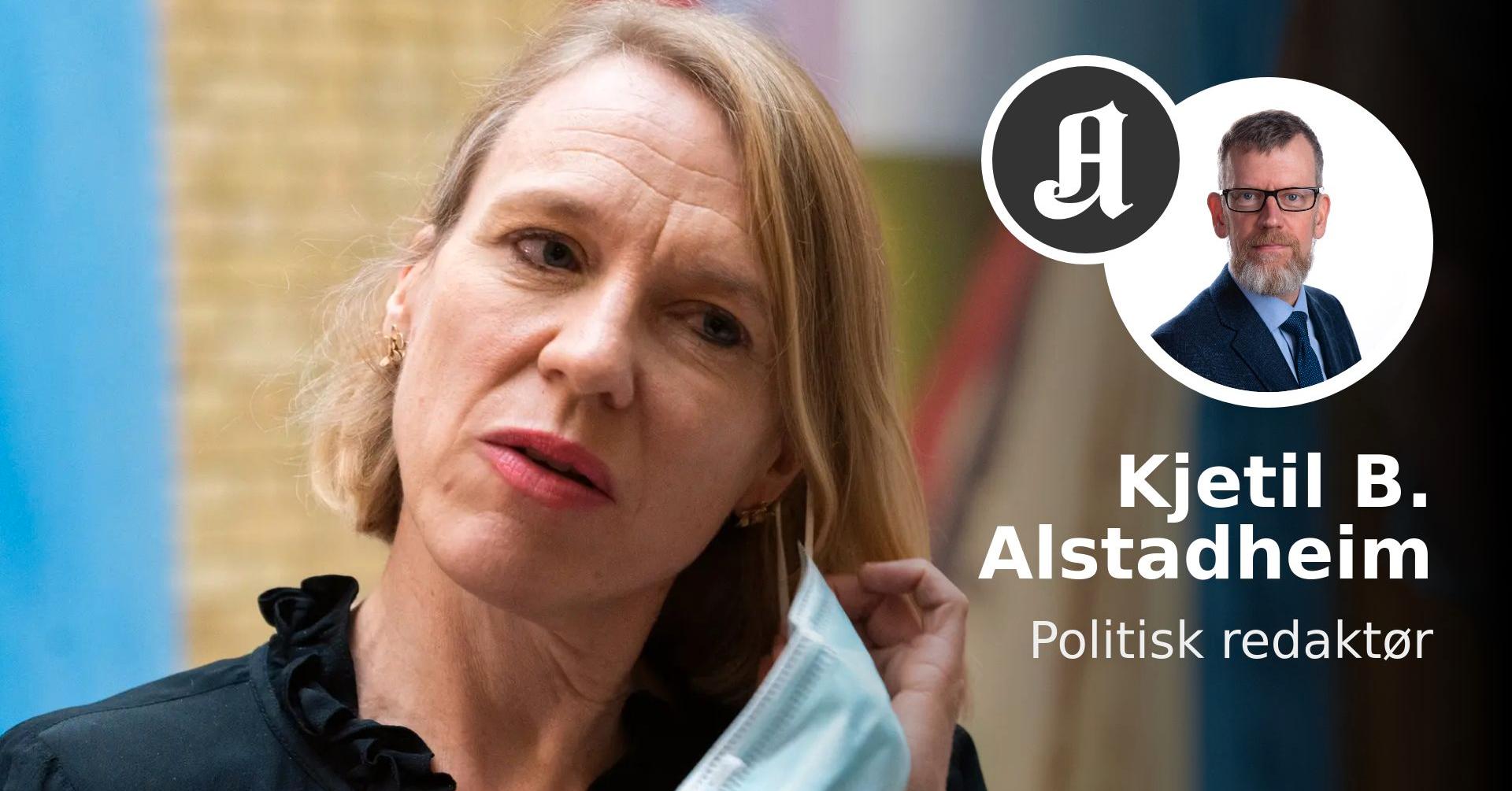Por me, the main thing is always to democratize art, and to take the risk of doing so. »
These words, signed by the famous American graffiti artist Shepard Fairey, take on their full meaning today in the heart of the city of the Dragon, which is hosting its very first exhibition exclusively dedicated to street art.
Visible between the walls of the Chapelle de l’Observance since yesterday, and until April 16, this event promotes the work of five Var artists, gathered as a collective.
“Behind this initiative hides a real desire to diversify art in Draguignan, notes the cultural assistant, Hugues Bonnet. This exhibition is an experience.”
A test which, in the long term, could be transformed in the streets of the city.
“Indeed why not let these artists express themselves, continues the chosen one. We have beautiful communal surfaces, which could be made available to them.”
“Each spectator will see what he wants”
In the meantime, street artists are taking up residence in one of the most emblematic places in the city, and intend to surprise with their originality. Even if the latter is left to the free appreciation of each one.
“In each work, the spectator will see what he wants, confides the artist from Dracénois, Harold Maka. The why and how is up to us, and I believe that when we begin to explain it, art becomes dead. It loses its meaning and that emotion, positive or negative, that we seek to convey.”
–
Free workshops during the exhibition
The collective “Le labo” is made up of five artists from Var: the Dracénois Harold Maka, Élise Picot, from Pierrefeu-du-Var, Magali Savary from Pignans, Thibault Pernin, from Brignoles and William Bruet, originally from Toulon.
Occasionally, during the exhibition, the artists will offer free workshops at the Chapelle de l’Observance for those over 14 (with a maximum capacity of ten people):
– Introduction to graffiti, Saturday, February 19, from 1 p.m. to 3 p.m.;
– Introduction to typography, Saturday March 12, from 1 p.m. to 3 p.m.;
-Customization with spray paint on Saturday, April 9, from 1 p.m. to 3 p.m.
Reservations required on 04 94 84 54 31
–
–
Question to Harold Maka, co-founder of the “Labo” collective
“Street art is total freedom. I am my own boss”
–
Tell us about the genesis of the collective.
It all started with an evening between graffiti artists during the year 2018. With four friends from Var, we thought it would be nice to set up a collective to promote our work. But also, and above all, to move forward together and thus have more weight with the structures that call on us. Because we generally respond to orders, public or private, and being part of a collective gives us additional strength.
What does street art represent to you?
Total freedom. I am my own boss. I do whatever comes into my head, within reason of course. And, more importantly, I take pleasure in meeting, in exchanging with people. Spending my life behind a desk was not an option for me.
Over the years, and from your experience, have you noticed any changes in the way the general public perceives this urban art?
To be honest, it’s quite complicated. There are still diehards who think that street art should stay on the streets and not end up in museums. Personally, when I approach potential clients, I don’t necessarily talk about “graffiti”. This term can be scary, because it remains associated in the collective imagination with vandals. So I use another word: that of “muralist”, more reassuring.
But not necessarily in tune with reality… The taste for risk being an integral part of the environment.
It’s true ! Playing with the forbidden, running fast, having the cardio racing, never dropping bombs when you have them in your hands, that’s also street art.
To erase prejudices, you also bet a lot on pedagogy…
At my level, I try to do cultural mediation in schools. I also worked for three years at the Draguignan prison and I teach, with Thibault Pernin and William Bruet, at the University of Toulon, on the history of graffiti. But in general, the situation has nevertheless evolved, since a lot of festivals have been set up in recent years. Requests from individuals or communities are becoming more and more frequent and, slowly but surely, street art is becoming more commonplace.
–


